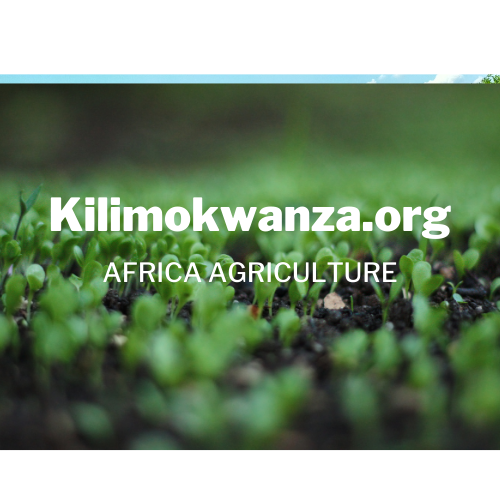Hunger Tightens Its Grip in East Africa: 57.2 Million Battle Hunger Despite Flourishing Trade
Kilimokwanza.org Team
The latest findings from AGRA present a stark reality of widespread food insecurity, with East Africa at the epicenter of a burgeoning crisis. The “Food Security Monitor – November 2023” report reveals that Ethiopia and South Sudan are in the throes of the most severe conditions, marked as “Crisis” and “Emergency” levels, indicative of pervasive hunger and malnutrition.
In its latest publication, “Food Security Monitor – November 2023,” AGRA unveils a distressing portrait of food insecurity, with East Africa at the core of an escalating crisis. The report specifically highlights Ethiopia and South Sudan as regions experiencing the most severe hardships, categorized under “Crisis” and “Emergency” levels. This categorization signals an alarming prevalence of hunger and malnutrition, drawing attention to the critical nature of the situation.
As of November 29, 2023, a staggering 57.2 million individuals across six East African nations faced the grim reality of inadequate food supplies. This figure represents a concerning 4.4% increase from the preceding month’s statistic of 54.8 million, underscoring a progressive deterioration in food security. Interestingly, while most countries in the region have seen an increase in food insecurity, Ethiopia and South Sudan have not contributed significantly to this trend. Comparatively, the current figures are lower than the 64.8 million reported in the same period in 2022 but notably higher than the 51.9 million in 2021, highlighting a fluctuating but persistently dire situation.
The situation in Southern Africa, while marginally better, remains critical, with several nations grappling with conditions ranging from “Stressed” to “Crisis.” This indicates that, despite some improvements, millions are still confronting substantial food scarcities. West Africa, on the other hand, presents a more complex scenario, with countries like Mali and Burkina Faso experiencing varied degrees of food insecurity.
The AGRA report meticulously dissects the multifaceted causes behind this widespread hunger. It identifies three primary contributors: prolonged droughts, continuous conflicts, and the enduring economic fallout from the global pandemic. These elements have collectively heightened vulnerabilities, plunging an increasing number of individuals into the depths of food insecurity. Additionally, the ongoing conflict in Ukraine has introduced a new layer of complication by disrupting global food supply chains, further intensifying the crisis in Africa. This is particularly impactful given the continent’s significant dependence on imported food.
Amid these daunting challenges, the report also sheds light on emerging rays of hope. Notably, Somalia’s recent admission into the East African Community (EAC) is hailed as a significant step forward in strengthening regional food security. This move is expected to facilitate increased trade and collaborative efforts among member states. Similarly, Nigeria’s active participation in the Arab-Africa Trade Bridges Program is creating promising opportunities for diversifying food import sources and enhancing market access. These developments are critical, offering glimmers of optimism in a landscape otherwise marred by adversity.
The comprehensive analysis provided by the AGRA report underscores the pivotal role these trade initiatives play in bolstering food security. It argues convincingly that fostering regional cooperation and diversifying food sources are essential strategies for building resilience against food insecurity. By reducing reliance on the volatile global market and establishing more robust, sustainable food systems, Africa can navigate its way towards a future less dictated by external uncertainties.
Key Highlights:
- East Africa: The region faces the most acute levels of food insecurity, particularly in Ethiopia and South Sudan.
- Southern and West Africa: These regions exhibit varying degrees of food insecurity, with some areas experiencing acute hunger.
- Positive Developments: Somalia’s integration into the EAC and Nigeria’s engagement in the Arab-Africa trade initiatives offer hope for improved regional food security.
- Strategic Imperatives: Strengthening regional collaboration and diversifying food sources are crucial for building resilience and effectively addressing Africa’s challenges in food insecurity.
For a detailed exploration of the food security situation across each African region and insights critical for policymakers, development partners, and stakeholders committed to achieving a hunger-free Africa, the full report is available on AGRA’s website, or below here.
Key Highlights:
- East Africa grapples with the most severe food insecurity, notably in Ethiopia and South Sudan.
- Southern Africa and West Africa experience varying degrees of food insecurity, marked by pockets of acute hunger.
- Somalia’s EAC membership and Nigeria’s involvement in Arab-Africa trade programs bring hope for enhanced regional food security.
- Strengthening regional cooperation and diversifying food sources are imperative for resilience-building and addressing Africa’s food insecurity challenges.


